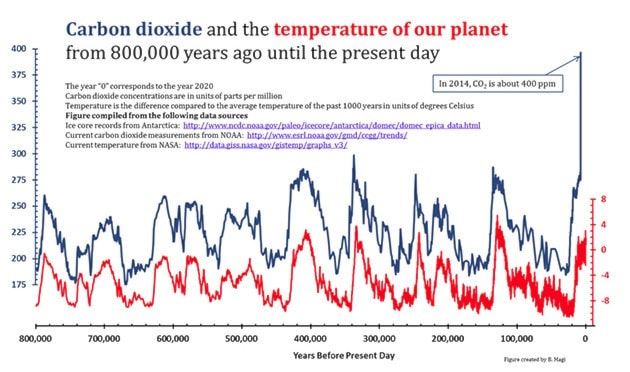Prime Minister Justin Trudeau recently announced a nationwide plan to put a price on carbon dioxide (CO2).
Critics have described the plan as too little, too late, which unfortunately could be true. However, the plan is a world-leading step in the right direction.
Under the plan, as of 2018 there will be a price on fossil fuels across Canada of $10 per tonne CO2 produced. This will rise to $50 per tonne in 2022.
The provinces will have their choice of how they impose that price, whether through cap-and-trade or a carbon tax.
The provinces also will get to keep the money collected.
If the prime minister were a regular reader of the Times he would know that the essential keystone to any strategy for controlling climate change is carbon fee-and-dividend.
That means charging a fee on fossil fuels, similar to a carbon tax. Unlike a carbon tax, however, the money collected would not go into general government revenue but would be distributed as equal dividends to everyone.
The idea is that, by returning all the money as dividends, the fee would be more politically acceptable and the poor would be protected.
Under the federal plan there is no reason why some provinces could not adopt carbon fee-and-dividend. We hope some of them do.
Having different provinces using the different systems would allow us to determine which works best.
The only way to make even carbon fee-and-dividend work adequately would be for it to be global – meaning a single, unified program done through the United Nations.
Bear in mind that there would be many billions of dollars to be made by cheating – by selling carbon tax-free oil or other fossil fuels.
That would mean that if even one major oil producing country, such as Saudi Arabia or Russia, is outside the program, then it will not work.
From this point of view, therefore, going for a nationwide patchwork quilt rather than a unified national carbon pricing program in Canada sets a poor precedent.
Which brings us to the above graph.
Skeptics of human-caused climate change often say that the increasing levels of CO2 in our atmosphere are not new and nothing to become alarmed about.
The graph, which is primarily based on ice core data from Antarctica shows that is not the case, at least for not nearly the last million years.
During that time, CO2 levels and temperatures have gone up and down in lock-step together as planet Earth went through a series of Ice Ages.
At no time has the CO2 level approached what we have today – and it appears to be rising at an increasing rate.
We simply do not know what the outcomes will be once temperatures overcome the time lag and rise to match the increase in CO2.
The best time to act was 20 years ago. The second best is now.
We applaud Ottawa for proposing such a bold plan.
